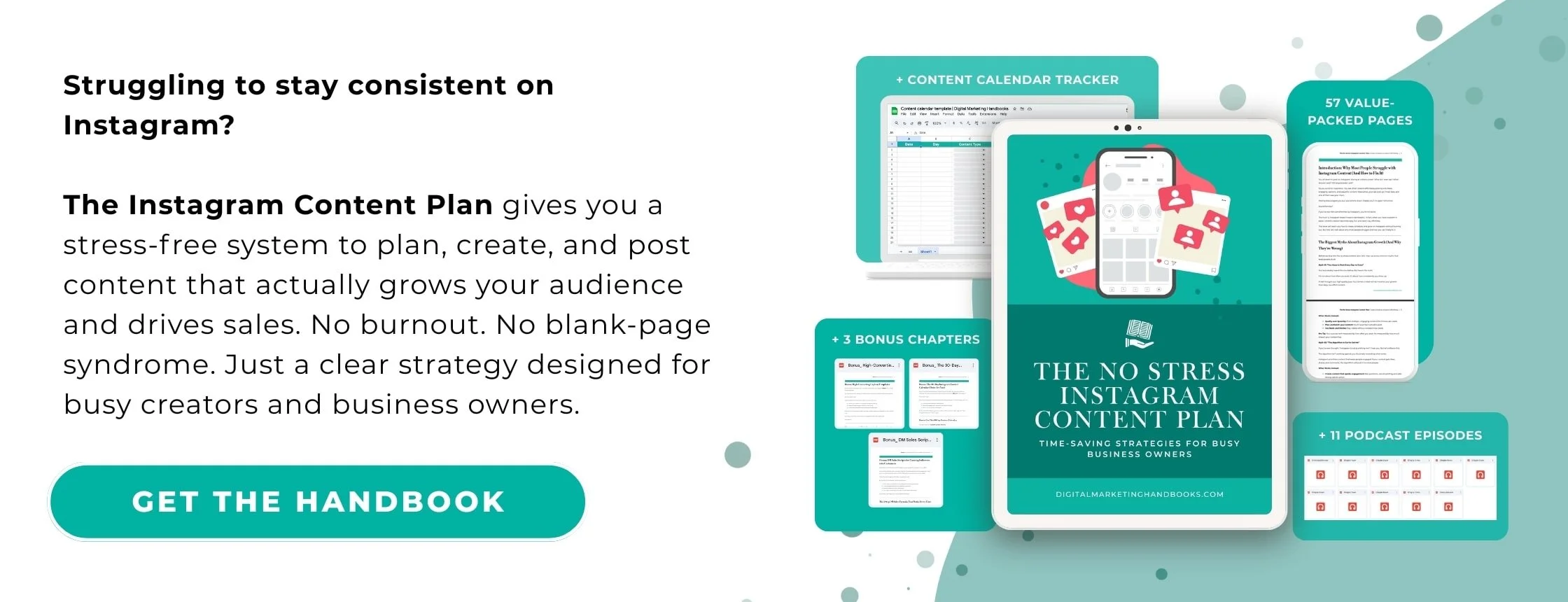The Perfect Posting Schedule: How Often Should You Post on Instagram?
If you’ve ever found yourself wondering, “Am I posting too much—or not enough—on Instagram?” you’re not alone. Striking the perfect balance between keeping your audience engaged and avoiding content fatigue can feel like a tightrope walk. But here’s the truth: there’s no one-size-fits-all answer to how often you should post. It’s all about finding a schedule that works for your audience, your industry, and your team’s capacity.
Let’s break it down and uncover the secrets to creating the perfect posting schedule for Instagram!
Why Your Posting Frequency Matters
Your posting schedule isn’t just about ticking boxes—it’s a key factor in building engagement, consistency, and trust with your audience.
1. Keeps You Top of Mind
Posting consistently ensures your brand remains visible in your followers’ feeds. This visibility helps build familiarity, which is crucial for fostering trust and loyalty.
2. Boosts Engagement
The Instagram algorithm loves active accounts. Frequent, quality posts signal to the platform that you’re contributing valuable content, which can boost your chances of appearing in your followers’ feeds and on the Explore page.
3. Strengthens Brand Authority
Regular posts that align with your brand identity show your audience you’re serious about delivering value, helping establish you as an authority in your niche.
Industry Benchmarks for Posting Frequency
While there’s no universal rule, studies and insights from industry experts provide helpful benchmarks:
Daily Posting: 1 post per day is ideal for many brands. It balances consistency with engagement without overwhelming your audience.
3–5 Times a Week: If daily posting feels like a stretch, aim for at least 3 high-quality posts per week.
Stories: Post to Instagram Stories 5–10 times per day to keep your audience engaged and maintain a real-time connection.
Reels: Aim for 1–2 Reels per week. Short-form videos are incredibly engaging and help boost discoverability.
Pro Tip: The key isn’t just frequency—it’s quality. A few impactful posts will always outperform a flood of mediocre content.
Factors to Consider When Defining Your Schedule
1. Audience Activity
Your audience’s habits should guide your schedule. Use Instagram Insights to determine:
When are your followers most active? Post during these times for maximum visibility.
How do they engage with your content? If engagement dips after daily posting, consider scaling back.
2. Industry and Niche
Different industries have different expectations. Here are some examples:
Fashion and Beauty: These fast-paced niches thrive on daily posts to stay relevant.
Education or Nonprofits: Posting 2–4 times a week might be more effective, allowing time to craft thoughtful, informative content.
Food and Travel: Stunning visuals can captivate followers with 3–5 posts a week.
3. Resource Capacity
Consistency is key, but it’s important to balance your ambitions with your resources. Posting too often without the bandwidth to maintain quality can backfire.
If you’re a small team or a solo entrepreneur, it’s better to post less frequently but with polished, purposeful content.
Tips for Creating Your Perfect Posting Schedule
1. Start Small and Scale Up
If you’re unsure of your ideal frequency, start with 3 posts per week and gradually increase. Track how your audience responds and adjust accordingly.
2. Batch Create Content
Batch content creation saves time and ensures you always have quality posts ready. Use tools like Canva for visuals and Later or Planoly for scheduling.
3. Experiment with Formats
Mixing up your content keeps your audience engaged. Alternate between:
Photos
Reels
Carousel posts
Stories
IG Lives
4. Stay Consistent
Whether you post daily or three times a week, stick to your schedule. Consistency builds trust and sets expectations for your audience.
When to Post on Instagram
Beyond frequency, timing plays a crucial role in how your posts perform. According to research, the best times to post on Instagram are:
Weekdays: Engagement is typically higher on weekdays, especially Tuesday through Thursday.
Afternoons and Evenings: Peak times are often between 11 AM and 3 PM or 6 PM and 9 PM, depending on your audience’s time zone.
Pro Tip: Use Instagram Insights to determine your specific audience’s active hours and tailor your posting schedule accordingly.
Tools to Streamline Your Posting Schedule
There’s no need to do it all manually! Here are some tools to help you stay organized:
Later: Plan and schedule posts with a visual content calendar.
Hootsuite: Manage posts and analytics for multiple platforms in one place.
Buffer: Streamline scheduling and get post-performance insights.
Instagram Insights: Use the built-in analytics to track audience activity and refine your posting times.
Examples of Successful Posting Strategies
1. Daily Engagement with Value-Driven Posts
A fitness brand might post:
Monday: Motivational quotes or tips to start the week.
Wednesday: A workout demo video.
Friday: A recipe carousel for weekend meal prep.
2. Strategic Posting with Diverse Formats
A home décor brand might post:
Tuesday: A carousel of styling tips.
Thursday: A behind-the-scenes Reel showing how a product is made.
Sunday: An inspiring before-and-after transformation post.
Final Thoughts: Your Schedule, Your Success
The perfect posting schedule isn’t about doing what everyone else is doing—it’s about creating a strategy that works for your brand and your audience. Take time to experiment, analyze your performance, and refine your approach as you grow.
Remember, Instagram isn’t just about posting—it’s about connecting. Whether you post daily or a few times a week, focus on delivering value, sparking conversations, and building relationships. Your audience will thank you, and your brand will thrive.
Now it’s your turn: What posting schedule feels achievable and exciting for you? Start there, and watch your Instagram presence flourish!

